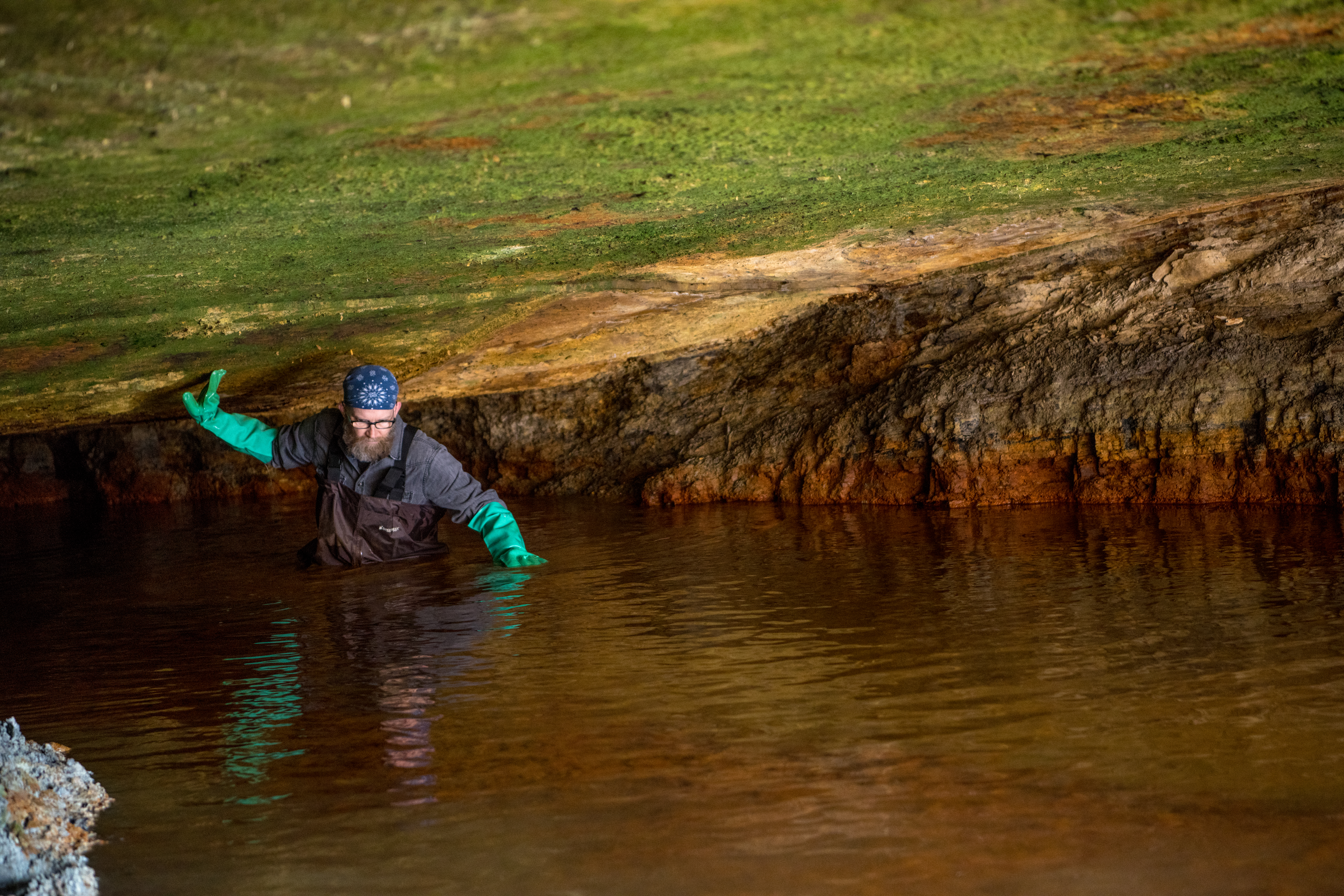Each eight-by-eight feet, two giant paintings look almost like sun eclipses. Chunks of coal fill a circle in one; pigments smear the canvas.
You wouldn’t know just by looking at them, but those paintings created by John Sabraw contain paint sourced from longstanding pollution in a nearby stream.
“Iron oxide sludge,” says Sabraw an art professor at Ohio University. “All orange and crusty.”
Gross … for a water body. But, beautiful for oil paint.
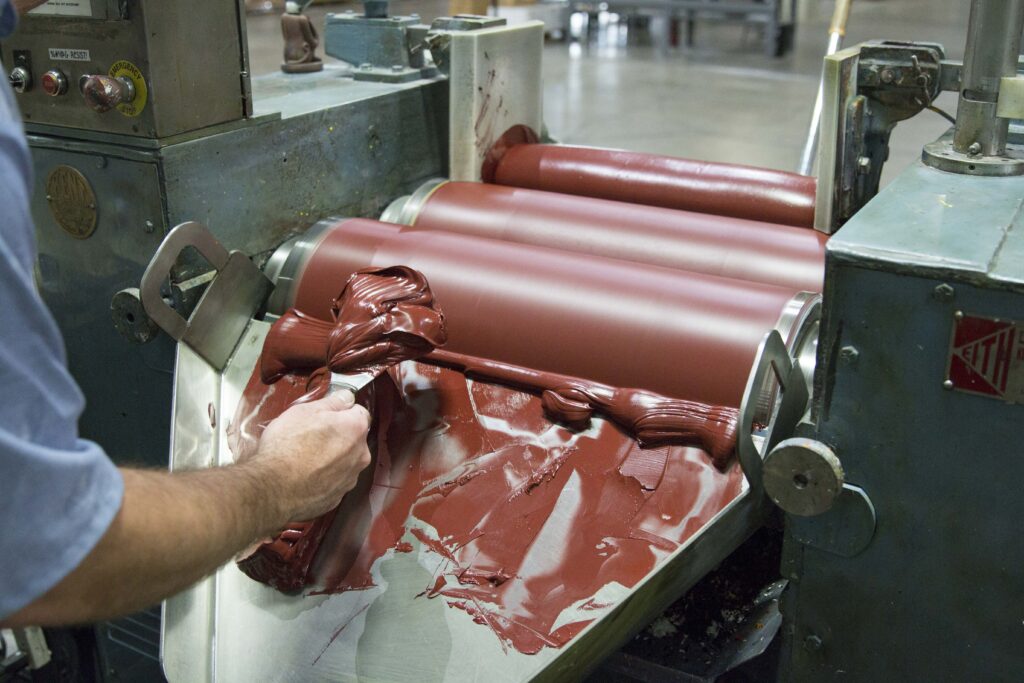

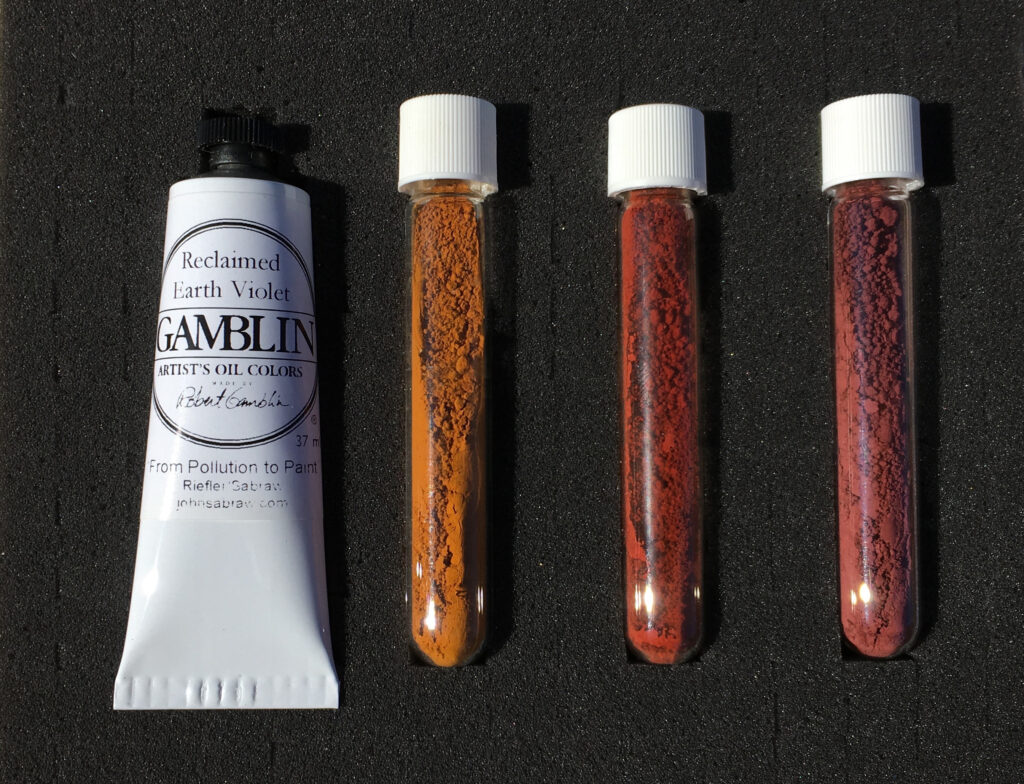
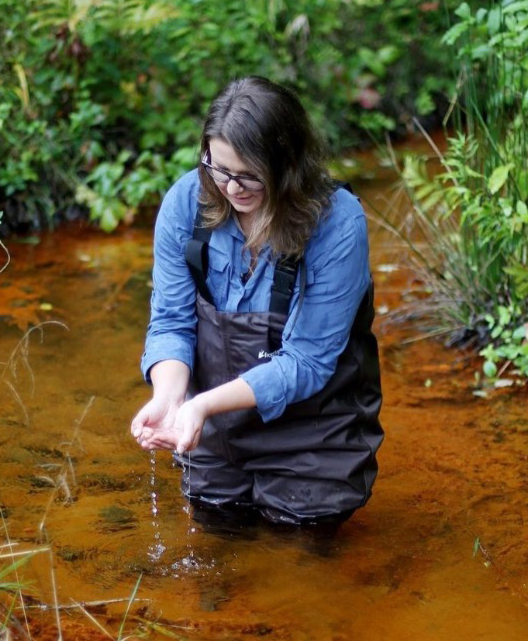
Sabraw is part of a network of researchers, scientists, and artists cleaning up Sunday Creek in southeastern Ohio, reworking that sludge into usable paint.
The area is part of more than 6,000 miles of streams throughout Central Appalachia that are far from crystal clear, caused by historic acid mine drainage.
Though much of the mining happened more than a century ago, Michelle Shivley says Ohio is still dealing with their environmental legacies. She’s a director at True Pigments, a 2018-founded company working to restore seven miles of clean water and welfare along Sunday Creek.
“We still have streams that run orange, coming out of these holes in the ground that are connected to abandoned coal mines,” Shivley says.
This particular Sunday Creek segment sees more than two million pounds of iron each year (that’s around 13,500 five-gallon buckets every month!), causing high amounts of acidity and metal content in the water.
“The fish, the bugs, all those things that are typically in a stream or river, those things just can’t survive in those kinds of conditions.”
A branch of the U.S. Department of the Interior partially funds the project, which starts with extracting stream pollution and ends with filling paint tubes.
In between, Sabraw tests pigment for quality and consistency, and frequently takes his students out to the creek. The pigments are a huge part of his art practice.
“As I’m working with these pigments … I just feel more connected to these kind of primal materials that make up our earth.”
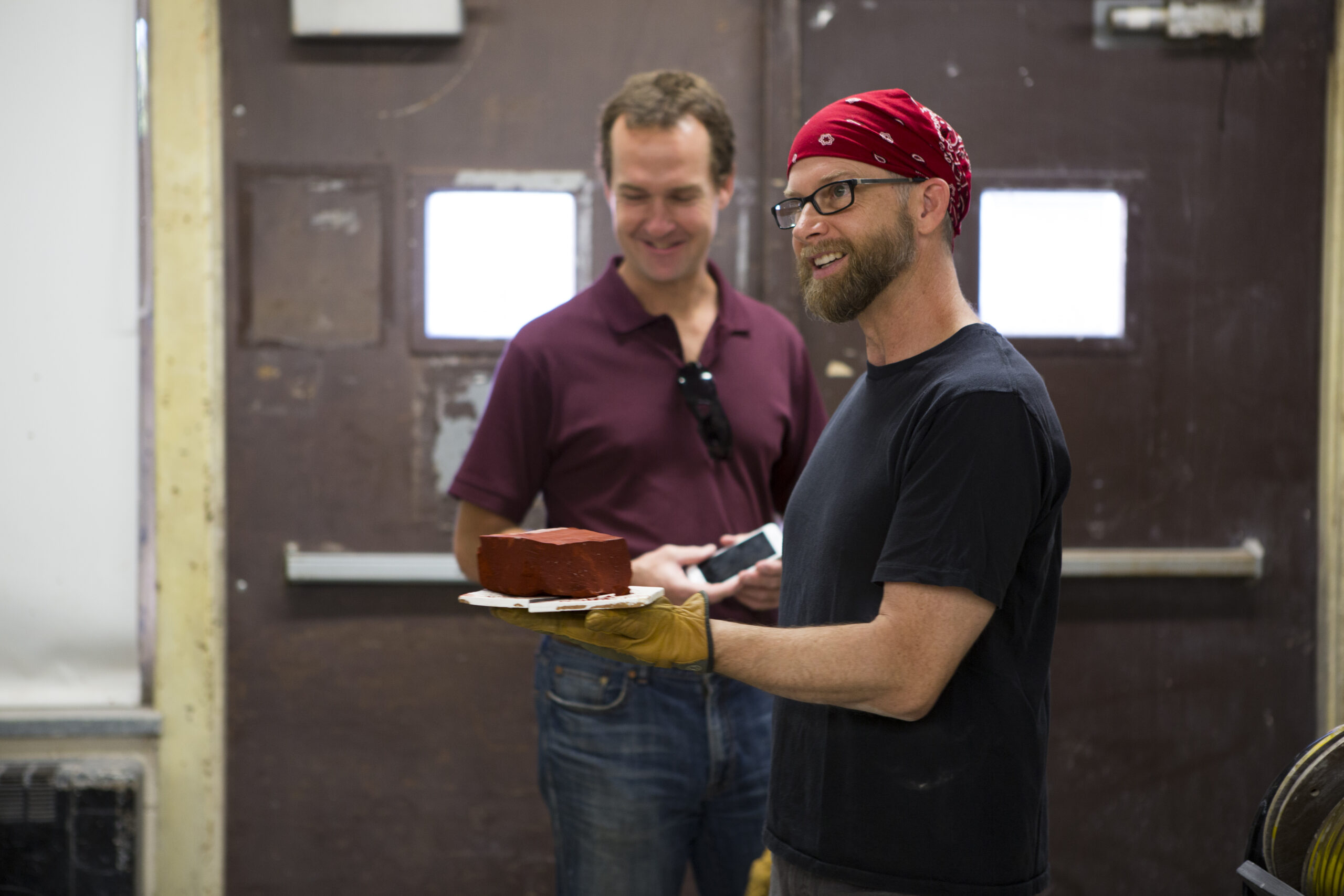
Pollution into Solution
Still, Shivley says all this effort hasn’t meaningfully improved Sunday Creek water quality. It’s why her team is designing a full-scale acid mine drainage treatment facility—and a bonus pigment production facility—expected to open next year.
The goal: Increase jobs in the area and help local stream life thrive.
“How can we use these abandoned mine land spaces and reclaim them,” Shivley says. “And then transform them into something that can help with the transition for coal communities from a very extractive industry, energy driven economy, to something different that will carry them into the future in a meaningful way?”
She thinks her team has the answer.
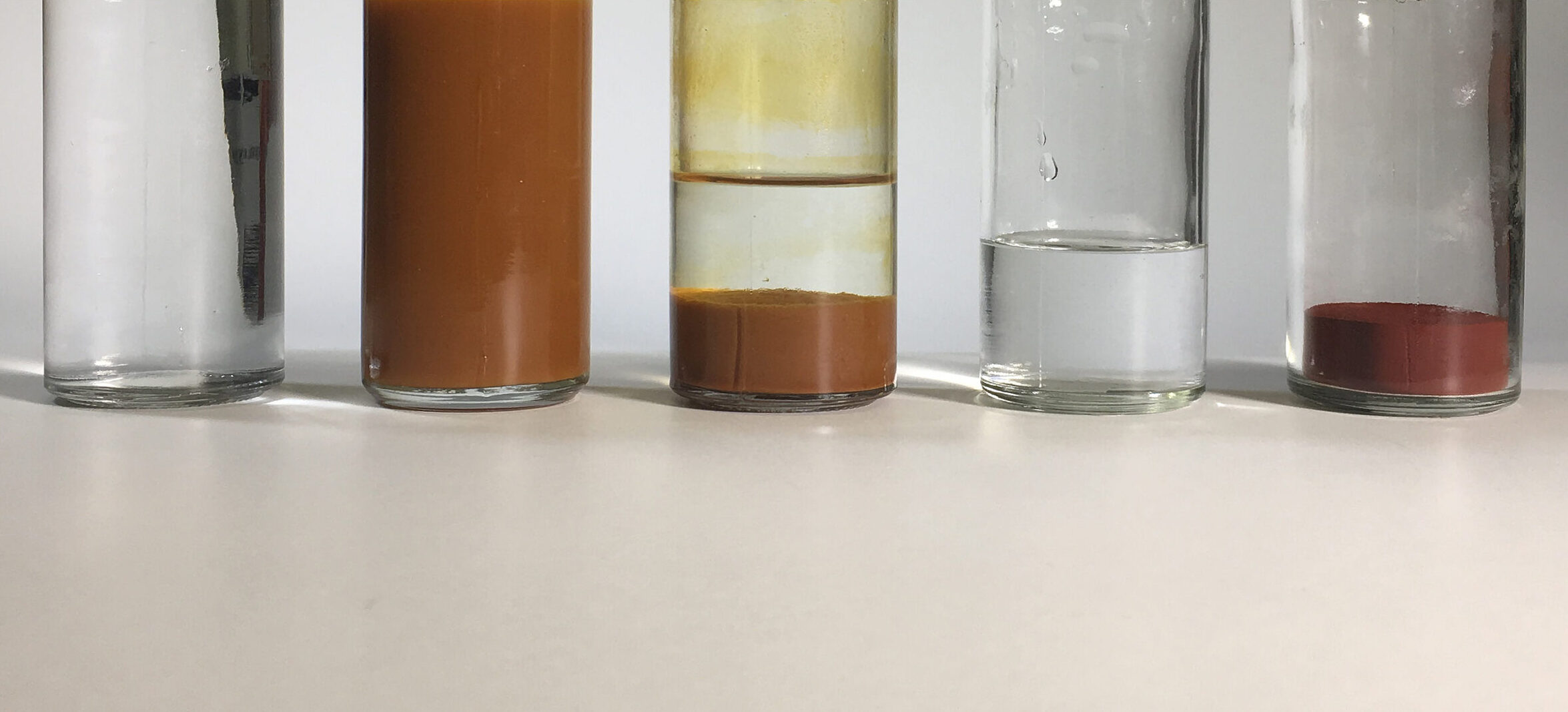
The Process
- Pump water from underground mine pool (some stretching as large as 23 miles)
- Aerate water/remove carbon dioxide at treatment facility
- Use hydrogen peroxide to oxidize the iron, iron falls off
- Clarify water and stabilize pH
- Discharge clean water back into Sunday Creek
- Bring iron sludge to pigment production facility to de-water and dry it
- Sell the pigment! Works just the same as any pigment you pick up in any art store
